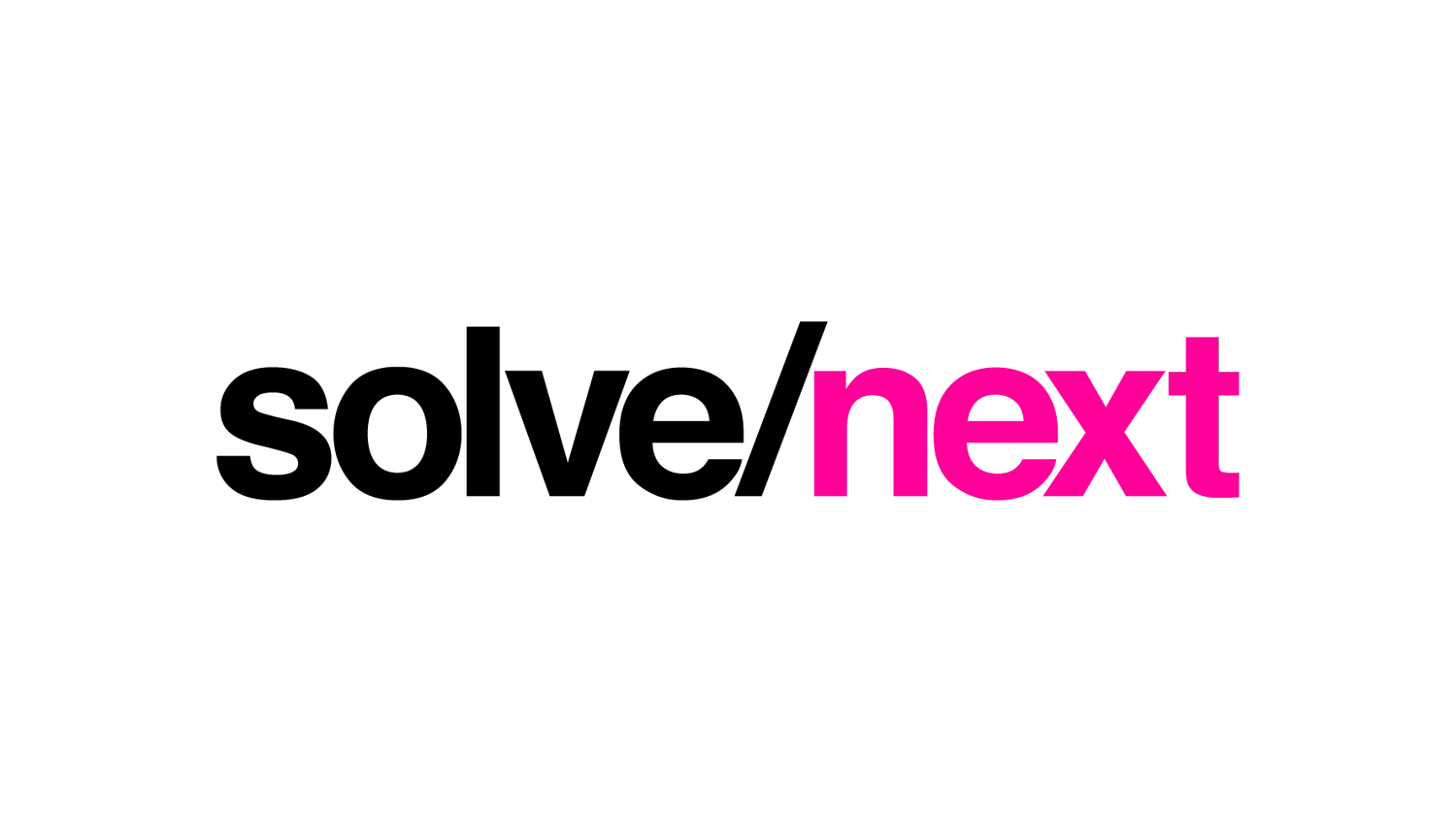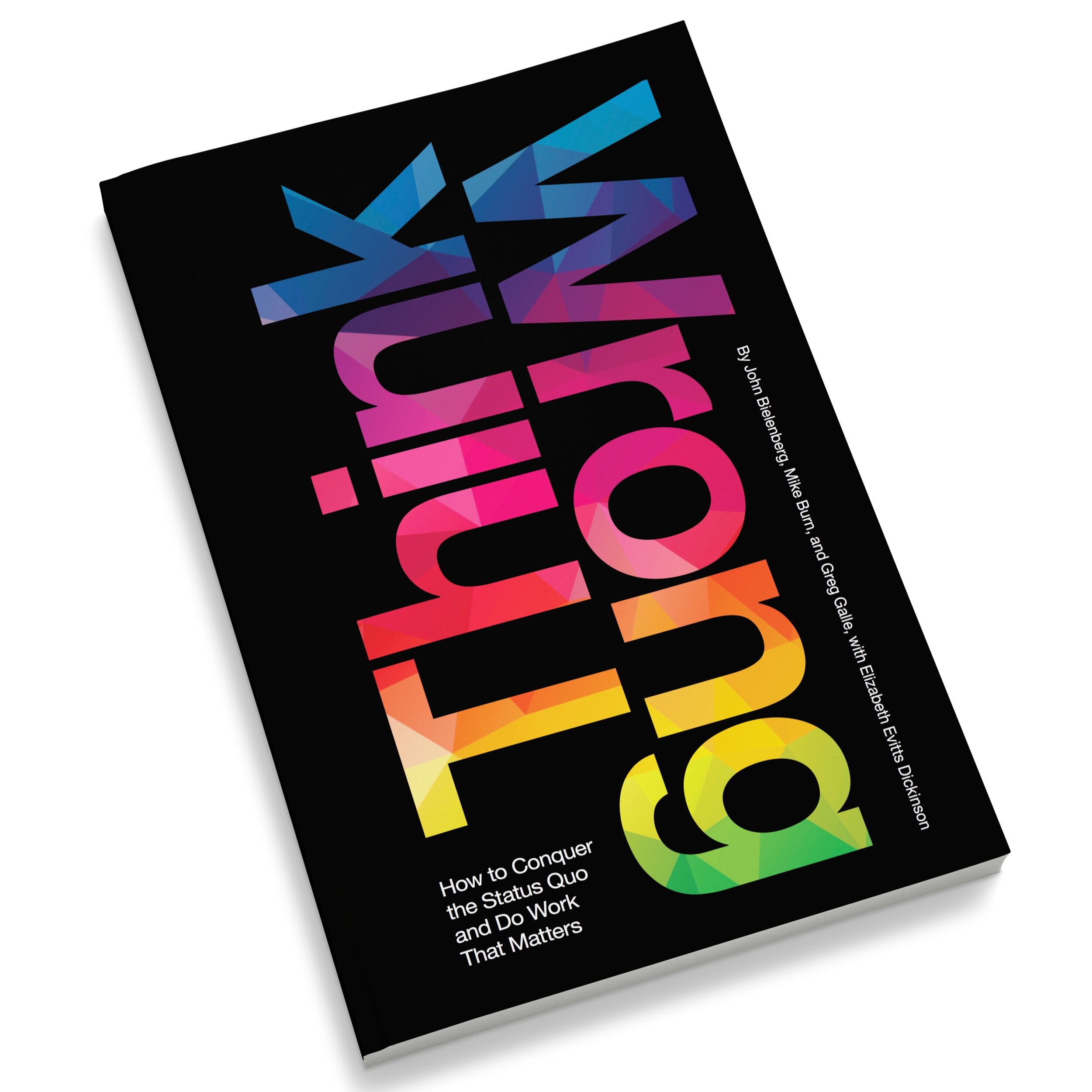Hey Chief Innovation Officer. You’re Fired.
(And Two Simple Ways to Stop That From Happening)
Trying to innovate within your organization is one of the most courageous or foolhardy jobs you can choose to take on because between you and the needed change are a hundred named and self-appointed Chief Don’t F*&k It Up Officers who’ve made it their mission in life to keep everything running just the way it is.
Get it wrong—you’re fired.
You're charged with delivering Goldilocks Innovation—a change that isn't so big that it causes disruption and distraction to the revenue-producing machine, but not so small that nobody notices. You need to find the enigmatic innovation sweet spot that's just right.
Get it wrong—you’re fired.
You're expected to demonstrate measurable ROI for the unknown, in an environment where certainty is valued more than great questions. And where not knowing is seen as a weakness rather than an exciting opportunity to discover.
Get it wrong—you’re fired.
You gather motivated outlaws who want you to lead them on the bold path of change to the land of “how things could be.” But metrics, policy, personnel, business-as-usual, best practice, embedded culture, and CDFIUO roadblocks stymie you at every turn. Over time your merry band of intrapreneurs gets worn down and depressed. Now all of your efforts are spent lifting the morale of some of your organization’s top talent—for fear of otherwise losing them.
Get it wrong—you’re fired.
“Think Wrong holds a mirror up to leaders and demands that they do the hard work with their internal entrepreneurs to overcome the orthodoxies, antibodies, and inertia that kill new ideas or, at best, starve them of oxygen.”
Make sure you and your team don’t get fired.
Use the following Think Wrong Frameworks to identify a bold path from which you can deliver high impact change—and to create meaningful context to defend your efforts from forces that might otherwise destroy them.
The Deflection Point Framework
The well-trodden path of the status quo is known, understood, and predictable. But if we stay on this predictable path, nothing changes. So nothing changes. The impact you seek requires that you depart from this predictable path and chart a bold new path—one that delivers a shift from “How Things Are” to “How Things Might Be.”
Start by drawing this simple diagram.
1. Draw a horizontal line. This line represents your Predictable Path. Below it, identify the current projects, policies, practices, and structures that represent how and what your organization does today— and will continue to do if nothing changes.
2. Draw a line at 45° from the Predictable Path. This line represents your Bold Path. Above it, identify the initiatives that your organization is engaged in that represent a departure from the status quo. The further up this line and to the right, the greater the departure from the way things are. Also, add what you might want to change from “Current State” if you could—be bold about your aspirational “To Be” State.
3. Plot what and who might complicate or resist your departure from the status quo in the space between the lines—conspiring to pull you back onto the Predictable Path.
Engage your colleagues in envisioning the changes that need to be made, what might get in your way, and what still needs to be done and done better—by inviting them to draw this picture with you.
The Uncertain/Unknown Framework
All projects are not the same—that goes without saying. So, not all projects should operate under the same set of practices and rules.
Start by drawing the 3x3 grid above. Then map the projects you plotted on the Deflection Point Framework onto the 3x3. Be honest about where they live. Depending on your organization, the distribution will vary.
For well-established organizations, many projects will be in the top right where both the challenge and solution are certain and known. These projects are often focused on improvements in efficiency, optimization, or technology. The Think Right Practices of ROI, metrics, analytics, and best practices make a real difference here.
For less well-established organizations—and organizations that are trying to shake things up—many projects will focus on disruption and change. Those are likely to fall in the uncertain and unknown territory.
You’ve now identified the projects where Think Right Practices are the go-to toolset and those where you should Think Wrong. Use the Uncertain/Unknown Framework to set new ground rules—and expectations—about which practices to apply to which projects.
Over time, your portfolio of change (read: innovation) projects will move up and to the right, as you become more certain of the real problem you are solving, the needs you are meeting, and which solutions truly work best.
To learn more about thinking wrong order a copy of Think Wrong: How to Conquer the Status Quo and Do Work That Matters and check out our website.








